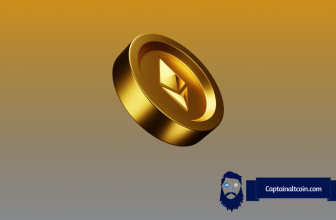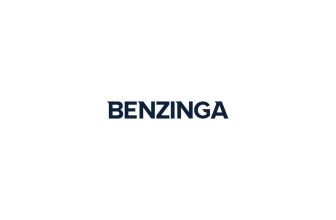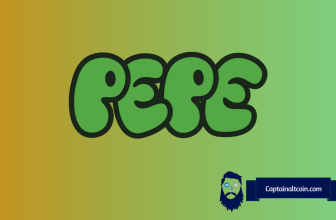
$TARA, a rising star in the decentralized finance (DeFi) ecosystem, is catching the eyes of investors and analysts alike. The project is built on a BlockDAG architecture and offers an EVM-compatible network. It also boasts an AI-enabled ecosystem and true decentralization. Price predictions suggest a potential 20X to 100X growth, ranging from $0.1 to $1.
As $KAS shows signs of a “Head & Shoulders” pattern, traders like @minhaj3m are considering switching gears to ride $TARA to a $100 million market cap.
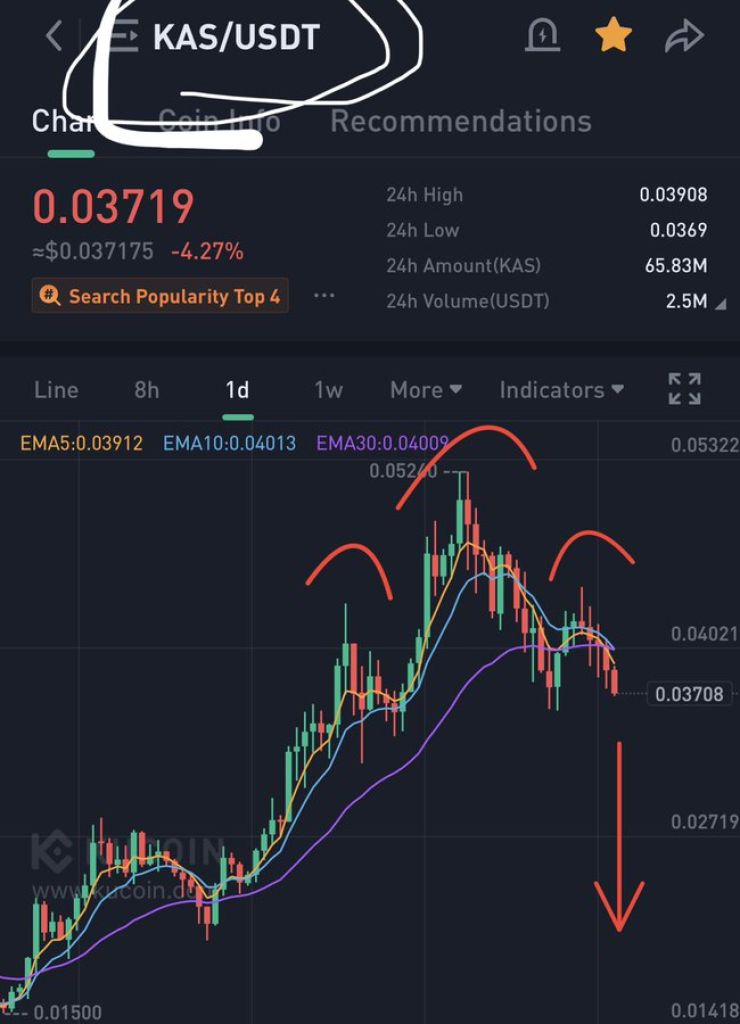
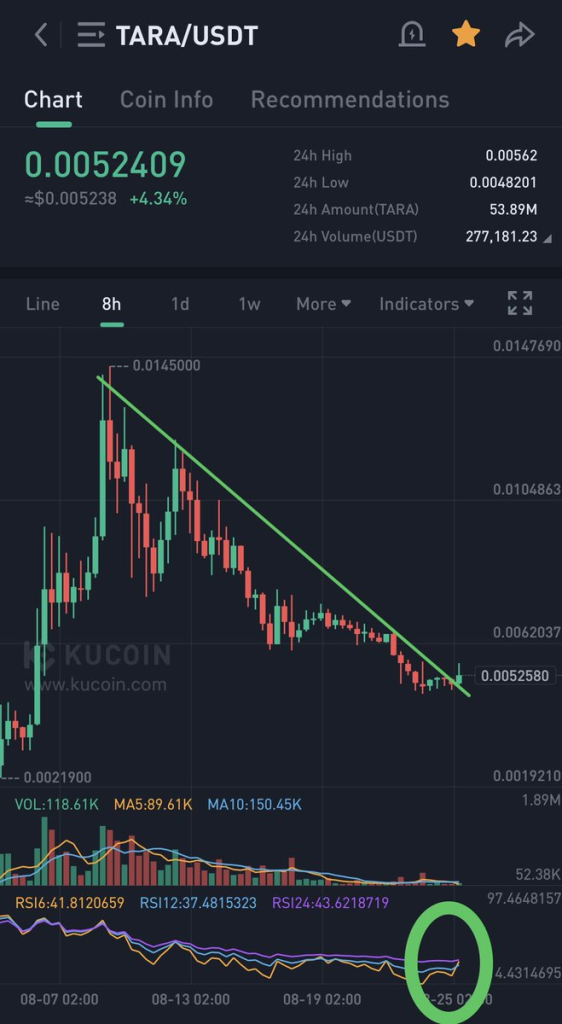
What you'll learn 👉
What Sets $TARA Apart: The Power of BlockDAG
In the realm of distributed ledgers, BlockDAG (Directed Acyclic Graph of Blocks) is an innovative data structure that addresses the scalability and confirmation time limitations of traditional blockchains. Unlike blockchains, which are linear chains of transaction blocks, a BlockDAG is a network of individual transactions linked to multiple other transactions. This unique structure allows for faster consensus mechanisms and higher throughput.
The Evolution of BlockDAG
BlockDAG is emerging as an evolution of blockchain technology, aiming to overcome bottlenecks and scalability challenges. It has gained momentum with the increasing need for faster consensus mechanisms.
Innovations and Advantages
- Concurrency: Multiple branches can be confirmed simultaneously, boosting transaction throughput.
- Scalability: Reduced dependency on a single chain leads to higher throughput.
- Confirmation Speed: Parallel paths result in faster transaction confirmations.
- Orphan Blocks: These are minimized due to multi-path confirmation.
Notable BlockDAG Projects
For instance, $TARA, which has already surged over 1,120%, is revolutionizing technology by bringing innovation to blockchain like never before. It offers an AI-Enabled Web3 integration Ecosystem, fast and low-cost transactions, smart contracts, no network congestion, and true decentralization.
Challenges and Future Directions
However, BlockDAG technology is not without its challenges. Security is complex due to its non-linear structure, and innovative consensus mechanisms are still needed. Adoption hurdles also exist, requiring changes in existing blockchain infrastructure.
Conclusion
BlockDAG technology offers a fresh approach to overcoming blockchain limitations, promising scalability, concurrency, and speed. As projects like $TARA gain traction, the question remains: Can BlockDAG technology eliminate the need to choose between security, consensus, and adoption? Only time will tell as this exciting new technology continues to evolve.



